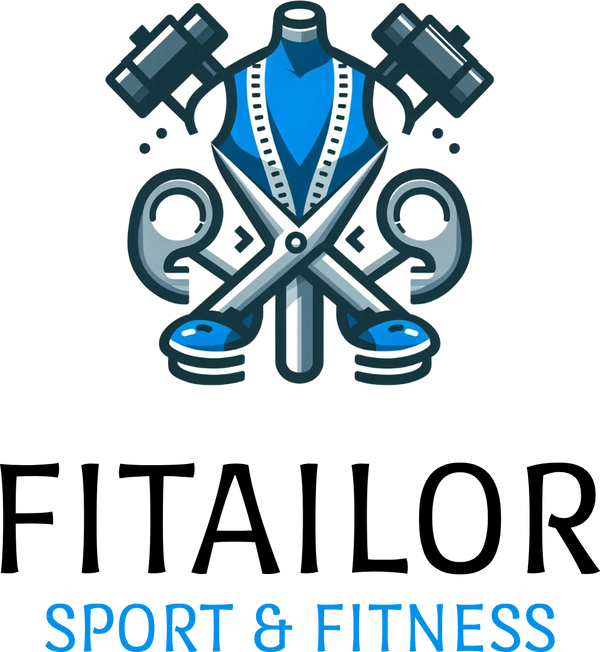exercise at age over 50
How often can you exercise at the age of over 50?
When you reach the age of 50 and beyond, your body starts to change, but that doesn’t mean you should stop moving or exercising. On the contrary, regular physical activity is one of the most important things you can do for your health at this stage of life. As long as you listen to your body and gradually increase the intensity of your workouts, you can stay active and feel the benefits.
If you want to do at home do this
In most cases, it’s important to engage in regular physical activity, but it’s also essential not to overdo it. A good target is to aim for 150 minutes of moderate-intensity aerobic activity per week, such as brisk walking, cycling, or swimming. You can break this down into five days, focusing on different activities each day. For example, one day might be a brisk walk, another day could be a light jog or cycling session. Swimming is also an excellent full-body workout. The goal is not to push yourself to extreme levels but to maintain a comfortable yet challenging pace that you can sustain over time. You can also include more intense exercises, like running or aerobics, but do this gradually to avoid injuries or unnecessary strain.
In addition to aerobic activity, it’s essential to incorporate strength training exercises, as we tend to lose muscle mass as we age. Strength training is vital for maintaining muscle and bone health. Some effective strength exercises include bodyweight exercises like squats, lunges, and push-ups. If you have access to a gym, there are also a variety of gym machines and free weights that can help target different muscle groups. For example, using the leg press machine can provide a great lower body workout, while the chest press machine works your upper body. For exercises like squats, lunges, and push-ups, aim for 3 sets of 10-12 repetitions. If you're just starting, you can begin with modified versions of these exercises, such as wall push-ups or squats to a chair, and gradually increase the intensity.
checkout this amazing Home Multifunctional Full Body equipment (paid ad)
If you go to the gym do this
Leg Press Machine: This machine targets your quads, hamstrings, and glutes. Start with a weight that’s manageable and aim for 3 sets of 10-12 reps. Adjust the weight as needed to keep the exercises challenging but not too difficult.
Lat Pulldown Machine: This machine helps strengthen your back muscles, which are crucial for maintaining good posture. Sit down, grasp the bar, and pull it down towards your chest. Aim for 3 sets of 10-12 reps.
Chest Press Machine: This machine mimics the motion of a push-up and targets your chest, shoulders, and triceps. Start with a light weight and increase it gradually. Aim for 3 sets of 10-12 reps.
Seated Row Machine: This machine works your back and biceps. Sit with your chest against the pad, grasp the handles, and pull them towards your torso while squeezing your shoulder blades together. Perform 3 sets of 10-12 reps.
Dumbbell Bicep Curls: For arm strength, use a pair of light dumbbells to perform bicep curls. Stand or sit with your arms extended, curl the weights up, and then slowly lower them. Aim for 3 sets of 10-12 reps per arm.
It’s also crucial to focus on flexibility and balance exercises. As we age, we may experience stiffness in our joints and difficulty with certain movements. Practices like yoga, Pilates, or simple stretching routines can greatly help maintain flexibility, prevent injuries, and improve posture. For example, you can try seated stretches, such as reaching for your toes to stretch your hamstrings, or balance exercises like standing on one leg, which help with coordination and stability. Tai chi is another excellent choice for improving balance and flexibility, as it combines gentle movements with deep breathing.
To improve balance, try standing on one leg for 30 seconds, then switch to the other leg. Do this 3 times per leg. For flexibility, you can do a seated hamstring stretch by sitting on the floor with your legs extended in front of you and gently reaching for your toes. Hold for 20-30 seconds and repeat 2-3 times.
Most importantly, you need to listen to your body. If you’re feeling tired or sore, don’t push yourself too hard. Your body needs rest to recover and rejuvenate. Rest days not only allow your muscles to rebuild but also help your cardiovascular and hormonal systems function better. On rest days, you can engage in low-impact activities like walking or or light stretching to keep your body moving without overloading it.
Before starting a new exercise routine, especially if you have any existing health conditions, it’s always a good idea to consult with a doctor or a personal trainer. They can help tailor a program that suits your individual needs and abilities. Remember, people over 50 can and should stay active in ways that that respect their bodies, support their health, and bring great results. Exercise not only helps you stay fit but also improves your mood, boosts energy, and promotes overall well-being.
